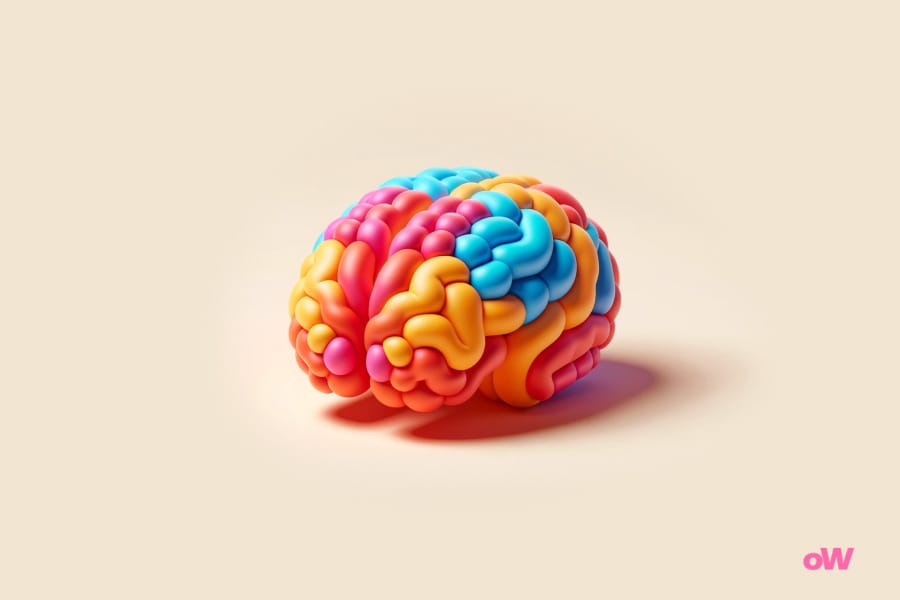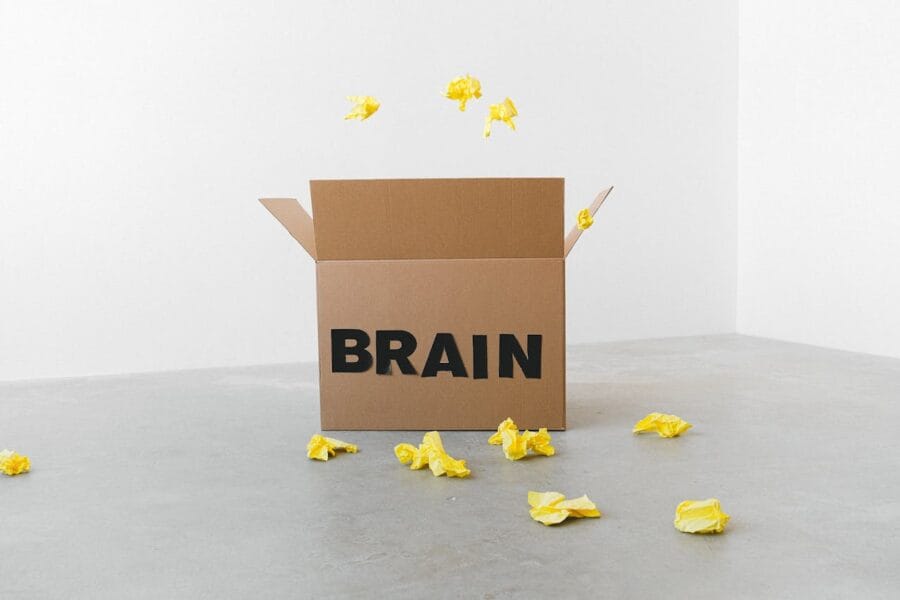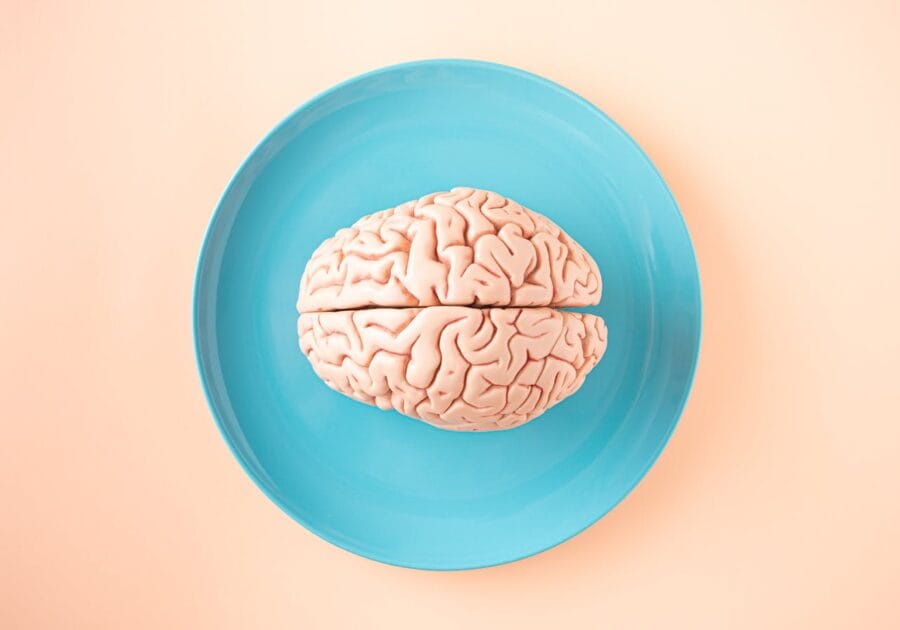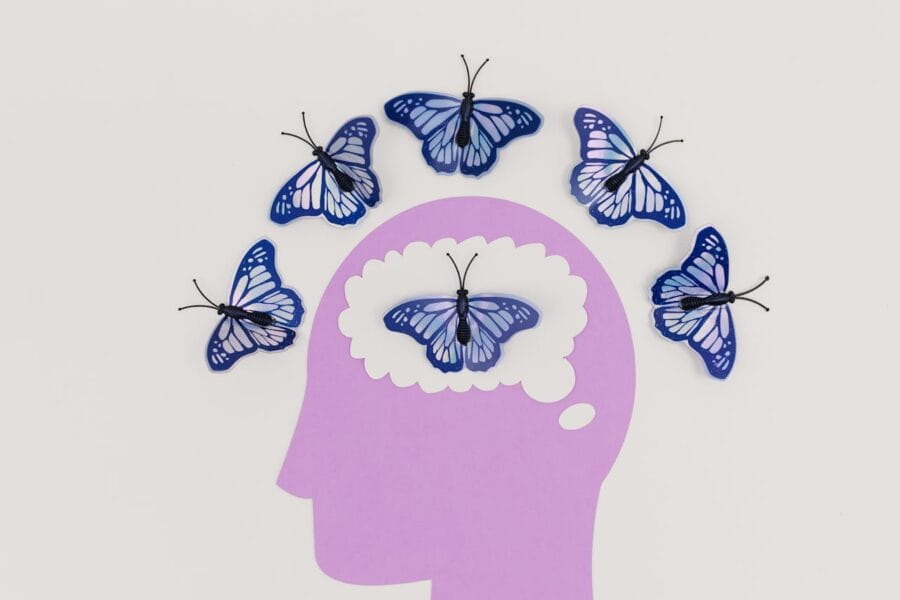Am I Smart Quiz: Wisdom, Wit, or Pure Luck?

In my childhood, I was fascinated by encyclopedias about how the brain works. Pictures of neurons reminded me of star charts – equally mysterious and infinitely complex. Today, while taking the “Am I Smart Quiz,” I find myself experiencing that same childlike wonder: how amazing our mind is, and how many secrets the nature of human intelligence still holds.
What Is “Smartness” and Why Do People Seek to Measure It Through Quizzes
The concept of intelligence is so multifaceted that even experts sometimes get lost in definitions. Cognitive psychologists identify various aspects: the ability for abstract thinking, information processing speed, working memory capacity. Neurobiologists study brain activity and neural connections. Evolutionary psychologists view intelligence as an adaptive mechanism that allowed our species to survive and thrive. Some believe that true wisdom manifests in how well a person can be book smart or street smart.
Interestingly, the very concept of “smartness” varies significantly across different cultures. Western society traditionally values the ability for logical analysis and quick decision-making. Eastern cultures place greater emphasis on wisdom, the ability to see interconnections, and find harmonious solutions. Some African tribes consider the main indicator of intelligence to be the ability to maintain social bonds and resolve conflicts.
Our desire to measure intelligence through quizzes and tests reflects a deep need for self-knowledge. We want not just a number or rating – we seek understanding of our strengths and potential for growth. This natural curiosity has been driving the development of psychometrics for over a century.
The History of Measuring Intelligence: The First IQ Tests
The history of intelligence measurement is full of unexpected turns and discoveries. It all began in 1904 when the French Ministry of Education commissioned psychologist Alfred Binet to develop a method for identifying children who needed special educational support. Like a true Sherlock Holmes in search of solving the mysteries of the mind, Binet and his colleague Theodore Simon created a series of increasingly complex tasks evaluating various cognitive abilities.
Their approach was revolutionary for its time. Instead of measuring skull size or conducting physiological tests (popular methods at the time), they focused on mental abilities: memory, attention, reasoning. The Binet-Simon Scale became the prototype for modern intelligence tests.
An interesting fact: initially, Binet was adamantly opposed to using a single numerical indicator to assess intelligence. He insisted that mental abilities were too complex for such simplification. Ironically, it was his work that led to the creation of the IQ scale.
In 1912, German psychologist William Stern proposed a formula for calculating the intelligence quotient (IQ) as the ratio of mental age to chronological age. This idea quickly spread around the world, largely thanks to the work of American psychologist Lewis Terman, who adapted and standardized Binet’s test for American audiences.

What Makes Us Smart?
Modern neuroscience reveals amazing mechanisms of brain function. Imagine the neural network as an infinitely complex web, where each thread is a potential pathway for thought. When we learn something new, new connections form, existing pathways strengthen, and unused ones gradually fade away.
Research shows that the prefrontal cortex plays a key role in intellectual activity – this brain region is responsible for planning, decision-making, and social behavior. But other areas are equally important: the hippocampus, ensuring memory formation; the cerebellum, coordinating not only movements but also cognitive processes; the temporal lobes, involved in language processing and pattern recognition.
Interestingly, physical activity directly affects cognitive abilities. Regular exercise increases blood flow to the brain, activates the production of neurotrophic factors that promote the growth of new neurons and strengthen connections between them. Even a simple walk can improve creative thinking and problem-solving ability.
Genes Versus Experience: The Role of Both in Determining Intelligence
The question of intelligence heritability has long remained a subject of heated scientific and ethical debates. Modern research in molecular genetics sheds light on this mystery. Scientists have discovered hundreds of genetic variations associated with cognitive abilities. Each makes a small contribution to the overall picture, like pixels forming an image.
However, genetic predisposition is only part of the story. Epigenetics shows that gene expression can change under environmental influence. Education, nutrition, physical activity, social interaction – all these factors affect how our genetic potential is realized.
Particularly interesting are studies of twins raised in different conditions. They demonstrate that with similar genetic material, intellectual development can take different paths. An enriched environment in early childhood plays a crucial role, when the brain is most plastic and receptive to stimulation.

The Diversity of Intelligence Types: From Logic to Creativity
When we talk about intelligence, we often imagine someone solving complex mathematical problems. However, reality is much richer. Howard Gardner’s theory of multiple intelligences revolutionized our understanding of human abilities. Instead of a single IQ indicator, he proposed considering eight different types of intelligence. Like different melodies in life’s symphony, each type of intelligence represents special value.
Logical-Mathematical Intelligence
This is the classical understanding of “smarts” – the ability to operate with numbers, identify patterns, build logical chains. People with developed logical-mathematical intelligence excel in programming, scientific research, engineering. They see the world through cause-and-effect relationships and can solve complex abstract problems.
Linguistic Intelligence
The gift of words is not just the ability to speak beautifully. Linguistic intelligence includes the ability to finely sense language, manipulate words, create vivid images through speech. Writers, journalists, translators – they all possess high linguistic intelligence. Interestingly, this type of intelligence is often associated with developed auditory memory and sensitivity to speech sounds.
Spatial Intelligence
The ability to perceive and transform spatial images is a gift highly valued by our hunter ancestors. Today, spatial intelligence is critically important for architects, surgeons, pilots. People with developed spatial intelligence easily navigate terrain, excel at reading maps, and can mentally rotate three-dimensional objects.
Musical Intelligence
This is not just the ability to play instruments or sing. Musical intelligence includes understanding rhythm, tone, timbre, the ability to recognize and create musical patterns. Research shows that musical intelligence is often connected with mathematical abilities – it’s no coincidence that many great mathematicians were talented musicians.
Bodily-Kinesthetic Intelligence
The ability to control body movements, feel physical objects – this too is a form of intelligence. Dancers, athletes, surgeons possess high bodily-kinesthetic intelligence. They learn through movement and physical experience, have excellent coordination and body memory.
Interpersonal Intelligence
The ability to understand other people, their motives, moods, and desires is the foundation of social interaction. People with developed interpersonal intelligence become excellent teachers, psychologists, managers. They easily read nonverbal signals and know how to build effective communication.
Intrapersonal Intelligence
The ability to understand oneself, one’s feelings, motives, and limitations is the foundation of personal growth. People with developed intrapersonal intelligence possess high self-awareness, know how to regulate their emotions, and effectively plan their lives.
Naturalistic Intelligence
This type of intelligence manifests in the ability to recognize and classify natural objects, understand natural systems. Biologists, ecologists, veterinarians possess high naturalistic intelligence. They notice subtle differences between species, understand natural cycles and interconnections.

Conclusion
The journey into the world of intelligence resembles exploring an infinite universe – the more we learn, the more new horizons open up. The “Am I Smart Quiz” is not a final point, but rather a compass helping to determine the direction for further development.
Each of us possesses a unique combination of different types of intelligence, and this diversity is not a drawback but an advantage. In a world where artificial intelligence increasingly takes over routine tasks, it is the human capacity for creative thinking, emotional understanding, and non-standard solutions that becomes especially valuable.
Remember: true wisdom lies not in the amount of accumulated knowledge or a high test score, but in the ability to learn, adapt, and grow. As Albert Einstein wrote, “The important thing is not to stop questioning.” And perhaps this is the surest sign of a living, inquiring mind.
Disclaimer
This quiz is designed for entertainment purposes only. The results are not scientifically validated and do not constitute professional advice or assessment. The quiz results are meant to be fun and should not be used as a basis for any life decisions or as a substitute for professional consultation. If you need personalized guidance, please consult with appropriate qualified professionals.
Questions Overview
- Try to guess its meaning from roots and sound similarities
- Look for its etymology and origin story
- Come up with your own version of its meaning
- Explore its connections with other languages and concepts
- Predicting the movie's ending in the first 15 minutes
- Finding logical errors in the plot
- Creating alternative endings
- Seeing hidden symbols and references
- Get it immediately
- Analyze why it's supposed to be funny
- Think of ways to make it even funnier
- Find deeper meaning in it
- Quickly 'switch' between different images
- Try to understand the mechanism of visual deception
- Look for new ways to see it
- Contemplate the nature of perception
- Recreate the situation to remember
- Methodically go through possible options
- Look for unexpected associations
- Analyze why you forgot this particular thing
- Count sheep or use other simple techniques
- Analyze the causes of insomnia
- Invent new ways to fall asleep
- Use the time for deep reflection
- Intuitively understand how it works
- Study each part separately
- Imagine how it could be improved
- Reflect on the principles behind its creation
- Try to catch the moment of deception
- Break down the trick into components
- Come up with your own versions of performance
- Contemplate the nature of perceptual illusions
- Immediately identify all instruments
- Analyze the composition's structure
- Imagine unusual visual images
- Detect hidden musical themes
- Accurately guess when they'll arrive
- Calculate possible reasons for delay
- Come up with unusual excuses
- Reflect on the nature of punctuality
- Quickly find the solution without knowing how
- Apply known solving algorithms
- Devise your unique method
- Look for patterns between different puzzles
- Show by your own example
- Break down the skill into components
- Create unexpected analogies
- Explain underlying principles
- Quickly find familiar shapes
- Study their structure and movement
- See unusual and complex images
- Notice rare atmospheric phenomena
- Rejoice and use it
- Check why it works
- Try to find an even more unusual solution
- Look for patterns in how solutions emerge
- Remember details and sensations
- Search for reasons why it repeats
- Try to change the plot while dreaming
- Analyze its symbolic meaning






